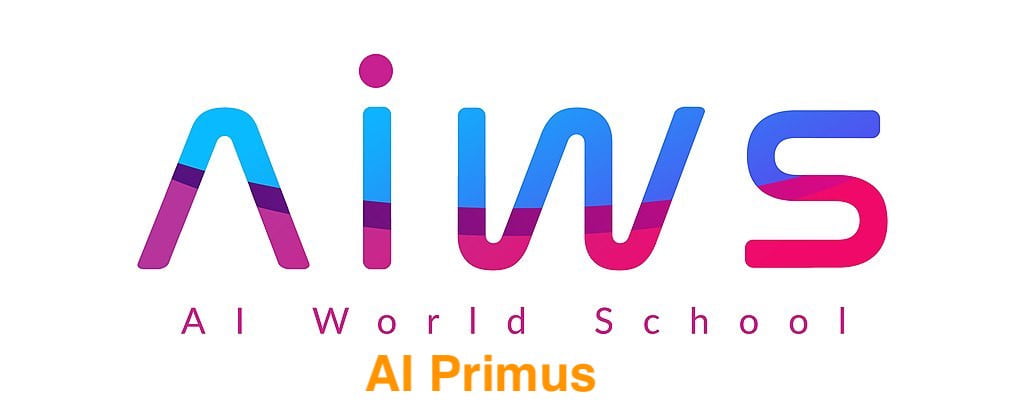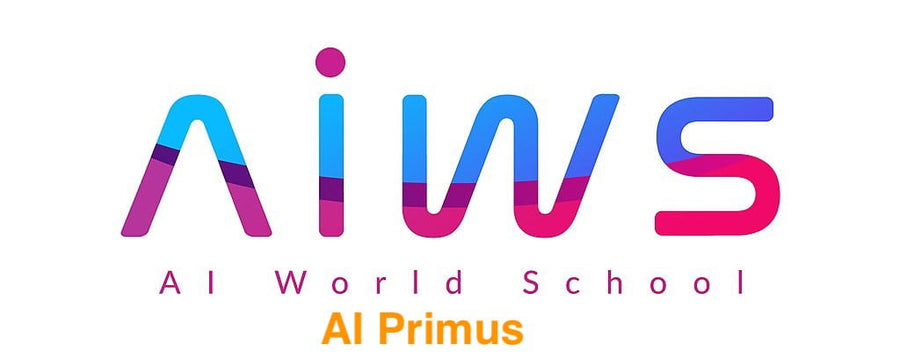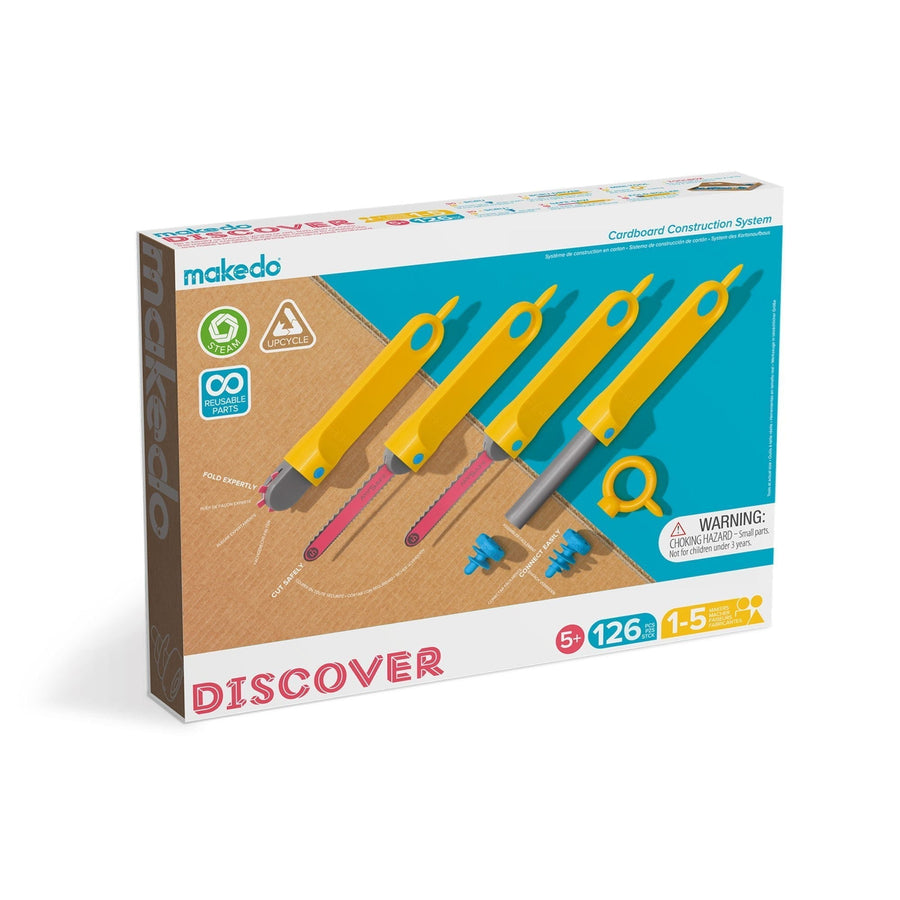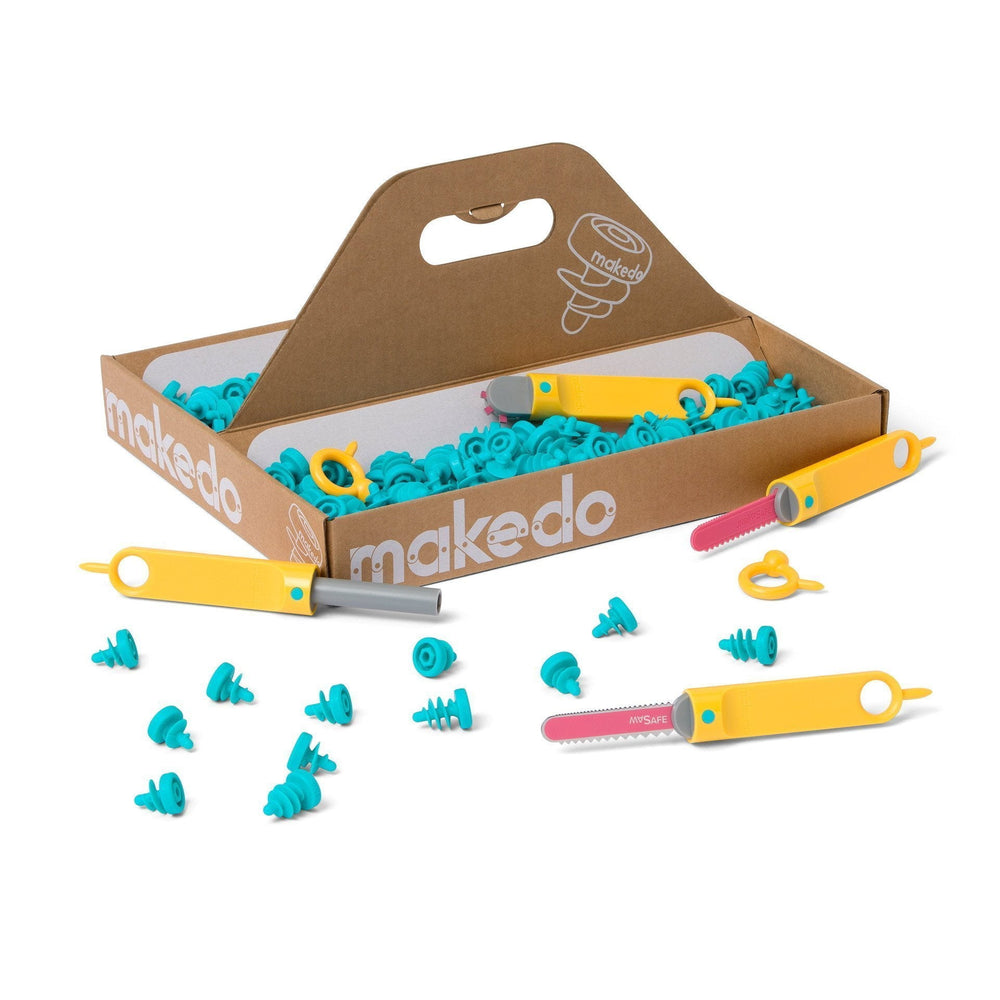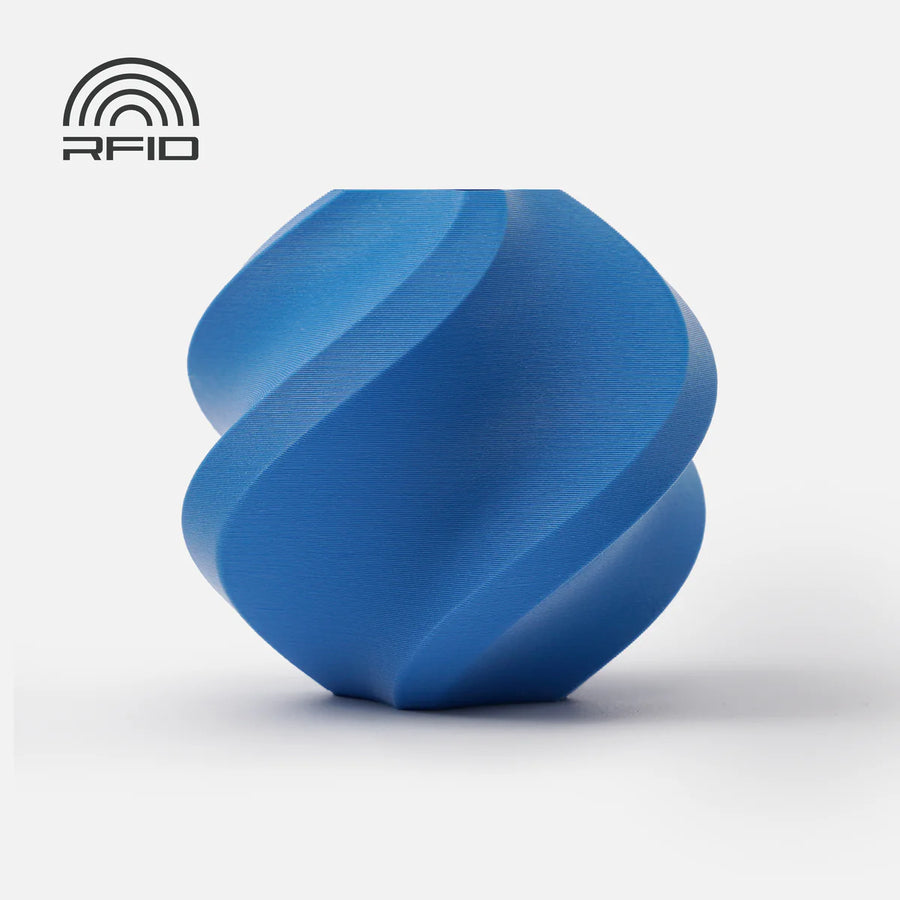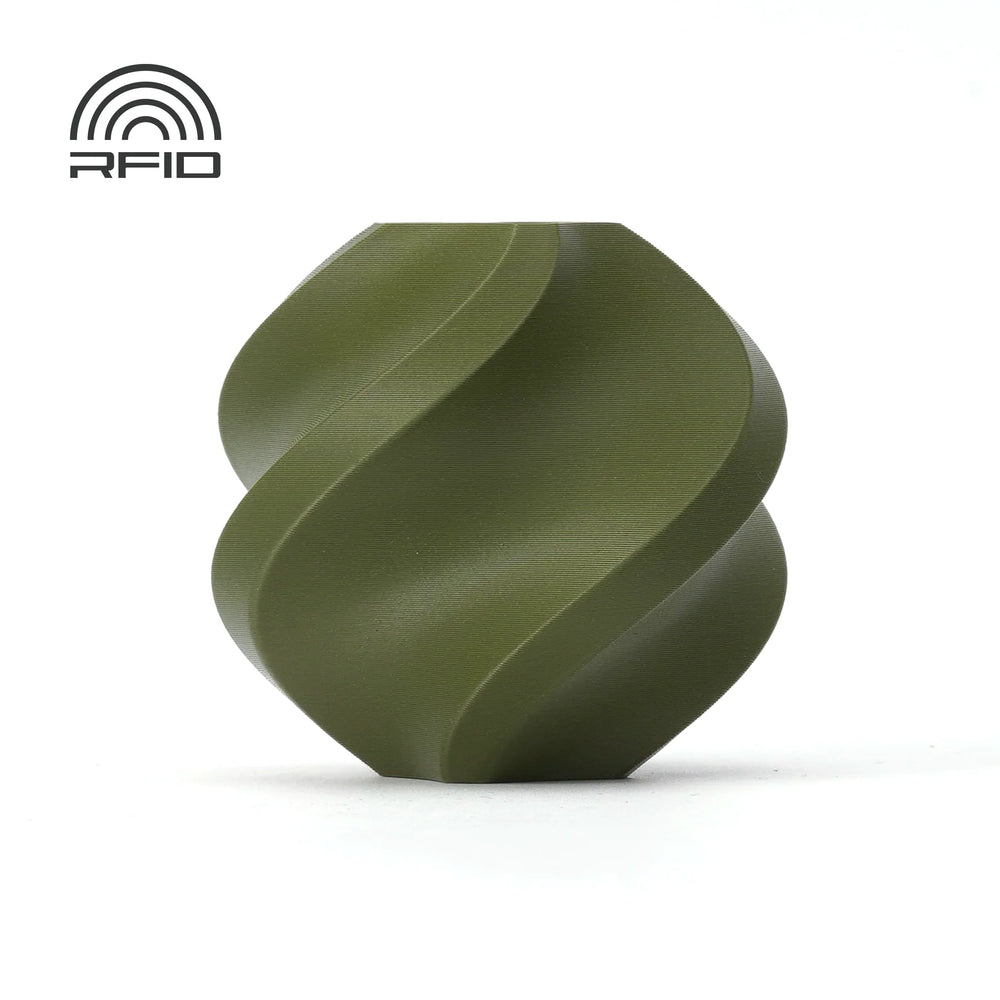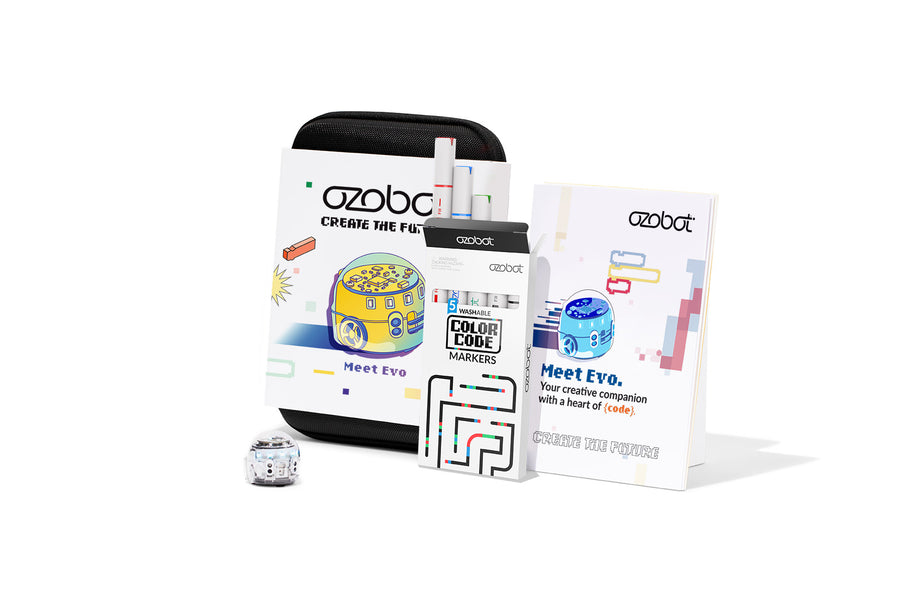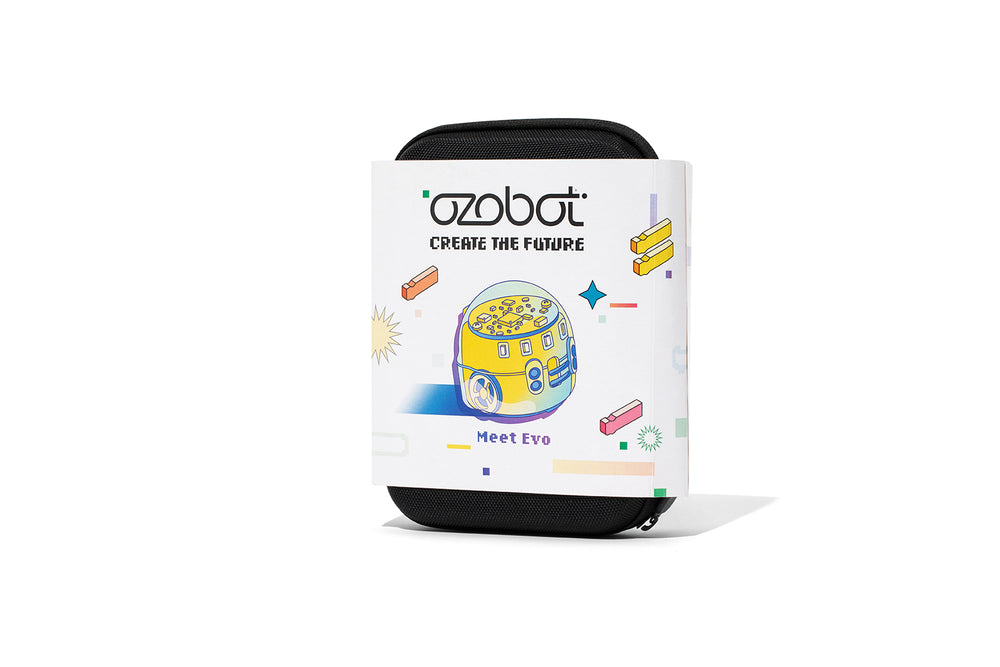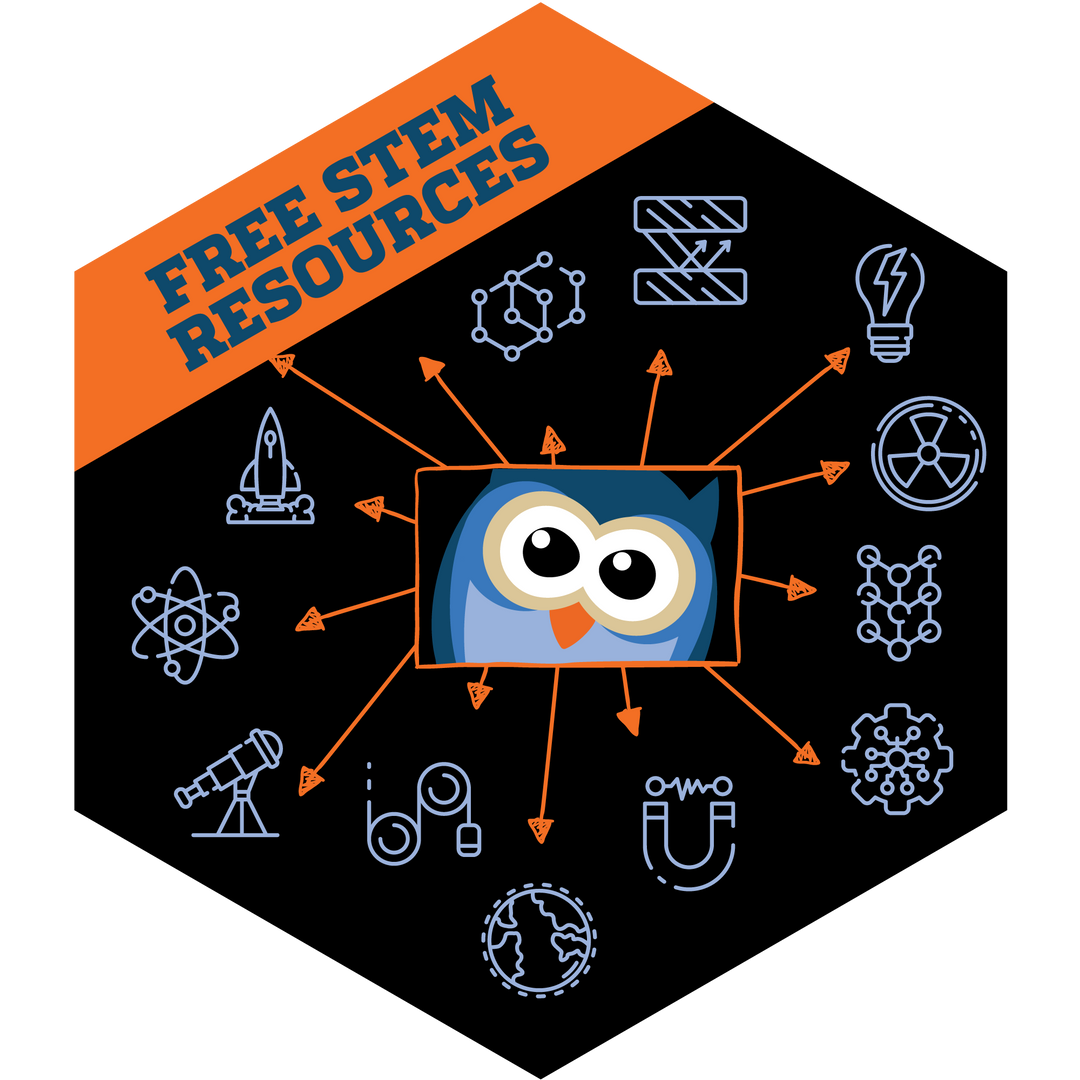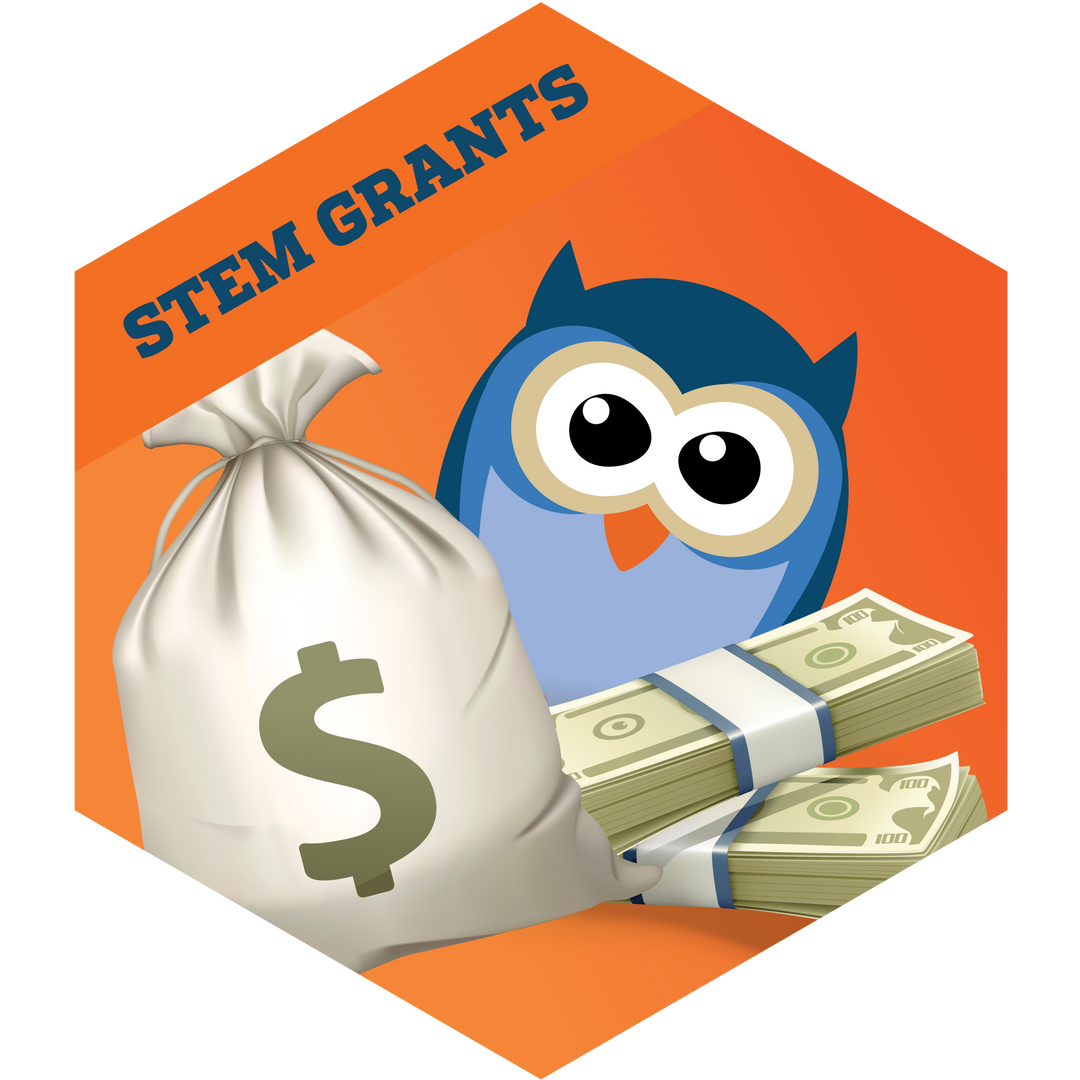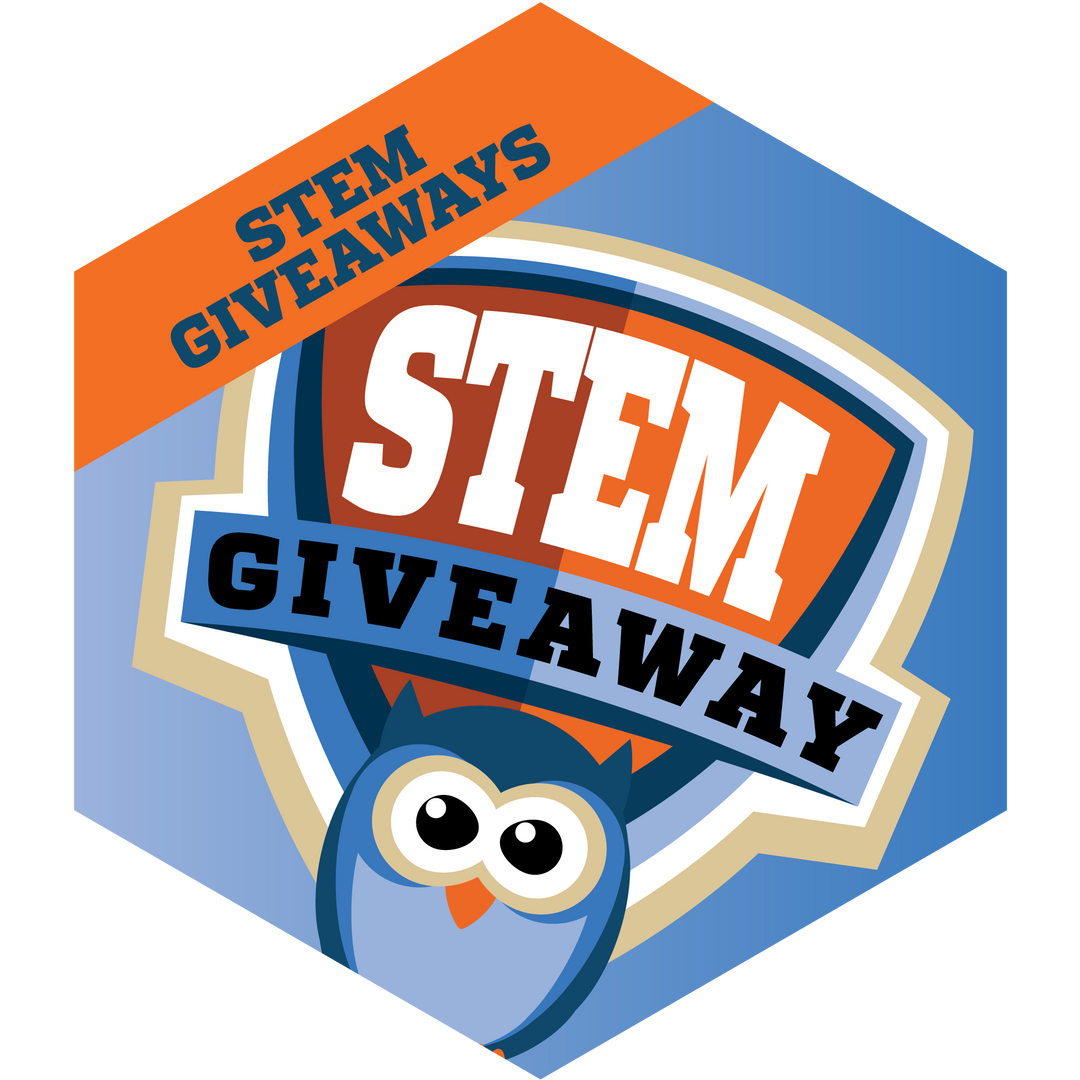AI Primus
- Grades: 6-8
- Number of Students: 1
- Number of Lessons: 40
- Contact Hours: 24
- Additional Resources: Free AI Samples, Real World AI Applications & Additional Resources, AIWS Course Overview, AIWS Course Curriculum Overview
Highlights:
The AI Primus Course from AI World School is an intermediate level program designed for students aged 11 to 13. With 24 sessions, each lasting approximately 1 hour, students will delve into the exciting world of AI through rich and experiential learning. The course covers 5 big ideas in AI and includes hands-on coding experience with tools such as S4AIWS Scratch AI extension, Pictoblox, MIT App Inventor, Teachable Machine, and Machine Learning for Kids. The course features ~40 lessons and 5 quizzes to reinforce learning and includes a capstone project to showcase skills. Upon completion, students will receive a course certificate and become members of the AIWS community. This online and self-learning course has a one-year license validity.
Features:
- Age range: 11 to 13 years
- Level: Intermediate
- Duration: 24 Sessions x ~ 1 hour
- Mode: Online and Self-Learning
- Learning content: Rich & Experiential
- # of lessons: ~ 40
- # of quizzes: Five
- Learning Experience: Hands-On
- Concepts: 5 Big ideas in AI
- Coding tools: S4AIWS Scratch AI extension, Pictoblox, MIT App Inventor, Teachable Machine, Machine Learning for Kids
- Capstone projects: 1
- Subscription validity: One year
- Course Certificate on Completion
- Membership to AIWS Community
Curriculum or Lesson Topics:
Courses
AI Primus Chapter 1
This is an introductory chapter about Artificial Intelligence.
This chapter includes:
- One Lesson on AI
- 1.1 Can Machines Think?
- One Quiz
AI Primus Chapter 2
This chapter will introduce learners to the basics of Perception in Artificial Intelligence and also introduce learners to Scratch4AIWS
This chapter includes:
- Two Lessons on Perception
- 2.1 Can Machines Perceive?
- 2.2 Do Machines Have Neural Networks?
- One Introductory Lesson to Scratch4AIWS
- 2.3 Introduction To Scratch4AIWS
- One Quiz
AI Primus Chapter 3
This chapter will introduce learners to the basics of KRR and Machine Learning in Artificial Intelligence and also introduces learners to Machine Learning coding.
This chapter includes:
- Three Lessons on Knowledge Representation and Reasoning
- 3.1 Can Intelligent Behavior Be Modelled Into Machines?
- 3.2 Can Machines Learn And Improve On Their Own?
- 3.3 How to Train A Machine?
- An Introductory Lesson to Machine Learning for Kids
- 3.4 Introduction To Machine Learning For Kids
- Four AI Challenges
- One Quiz
AI Primus Chapter 4
This chapter will introduce learners to the basics of Natural Language Processing and also introduces learners to Scratch with AI Extension.
This chapter includes:
- Two Lessons on AI
- 4.1 How Do Machines Make Sense Of The Data?
- 4.2 What Are The Syntaxes And Semantics Of Learning?
- An Introductory Lesson to Scratch with AI Extension
- 4.3 Introduction To S4AIWS - Scratch With AI Extension
- Four AI Challenges
- One Quiz
AI Primus Chapter 5
This chapter will introduce learners to different biases in AI.
This chapter includes:
- One Lesson on AI
- 5.1 Introduction To AI Biases
- An Introductory Lesson to MIT APP Inventor
- 5.2 Introduction To MIT APP Inventor
- Three AI Challenges
- One Quiz
AI Primus Chapter 6
- This Chapter Includes Eight Additional AI Challenges
Curriculum
| Themes and Modules | Learning Outcomes |
| What is AI? | Explore the world of Artificial Intelligence and delve into the amazing things it can provide. |
| Can AI understand sentiments? | Develop an AI program that will carry out text classification and sentiment analysis, to identify positive or negative connotations of the text. |
| Define AI and its impact on society. | Build a language translator program to understand how natural interaction between machines and humans work and its societal impact. |
| How is natural interaction possible through AI? | Create an AI program that utilizes sense perception to recognize real-time scenarios such as responding to traffic violations. |
| What is the connection between AI and Neural Network? | Develop an AI program to play stroop effect game to demonstrate how the human brain processes words, colors, patterns etc. |
| Is it possible for AI to recognize emotions? | Create a model to investigate human emotions using a sentiment analysis tool. |
| Can AI differentiate different objects? | Design an AI program that will use computer vision tools to read and recognize the image features from the images and display the list of objects. |
| Investigate brand recognition using computer vision. | Explore how to create a program to recognize image features using computer vision tools. |
| What is perception? | Understand the concept of perception in AI and develop an AI program that will detect a person's age and gender. |
| Investigate the concept of AI face filter using computer vision. | Build an AI program to track the human face and apply face filters using computer vision and face detection extension. |
| What is gesture control? Is it possible in AI? | Develop a game-based AI program using gesture control. |
| What is machine learning? | Build knowledge by actively exploring real-world situations to understand sentiment analytical tools. |
| Can we make a machine intelligent? | Create an Intelligent machine that will analyse Text, Semantics and understand NLP concepts and its impact. |
| What is Natural language processing? | Deep dive to understand the various facets of Natural Language Processing. |
| What is machine learning? | Explore and experience an AI image classification program, and train it using machine learning and computer vision tools to identify whether a person is wearing a mask or not. |
| What is perceptual process and data acquisition? | Build a face tracker system using ML and face detection extensions to maintain the tracking sheet using data logger. |
| Investigate the human machine interaction with perception. | Plan and create a AI program to play a quiz game using computer vision tools. |
| How can we enable image classification using computer vision? | Build a AI program that will perceive and classify image data using computer vision extension. |
| What are face recognition tools? | Develop an intelligent machine to monitor target zones on a image of a face using face recognition tools. |
| Investigate the concepts of perception and classification process. | Create a program to classify the audio data using machine learning concepts and learn how perception helps to build an intelligent machine or robot that will react like human. |
| What is natural language understanding and natural language generation? | Build a language translator app using NLP components such as natural language understanding and natural language generation. |
| What is conversational agent? | Articulate and create a text-based conversational agent. |
| Can AI recognize human intentions? | Build an interactive voice-based conversational agent program that can be trained to recognize the intent of the input. |
| How do machines learn using AI? | Analyse an AI program to perform sentiment analysis (or opinion mining) using natural language processing and machine learning to interpret and classify emotions in subjective data. |
| What is image classification? | Deep dive to understand an image classifiction machine learning model to identify and classify the object and demonstrate the process of supervised machine learning model. |
| How can we build a security system? | Build a face security system to identify the person's face by combining computer vision and machine learning features. |
| Is audio classification possible in AI? | Create an audio classification model to recognize and classify the audio data and understand the concept of supervised learning. |
| What is reinforcement machine learning? | Develop an AI program using reinforcement machine learning concept to play a pac-man game. |
What’s Included:
1-year access to 1 student for AI World School's AI Primus course program.
Additional Information and Resources:
- Free AI Samples
- Real World AI Applications & Additional Resources
- AIWS Course Overview
- AIWS Course Curriculum Overview
Technology Requirements/Specifications:
Minimum Tech Requirements:
- Operating System: Windows 10+
- CPU: Intel Core i3 & above | 64 bit processor
- RAM: 4 GB minimum
- Network: Wired DSL Internet Connection, 40 Mbps minimum
Special Notes and Considerations:
PLEASE NOTE: This product is a temporary digital license and not a physical product. We DO NOT accept returns or refunds on digital licenses.


